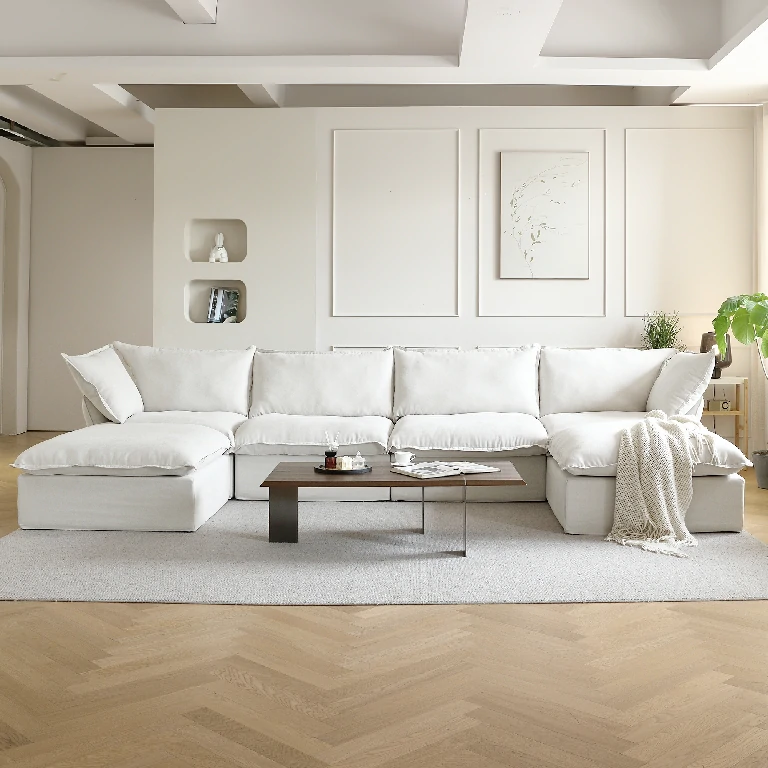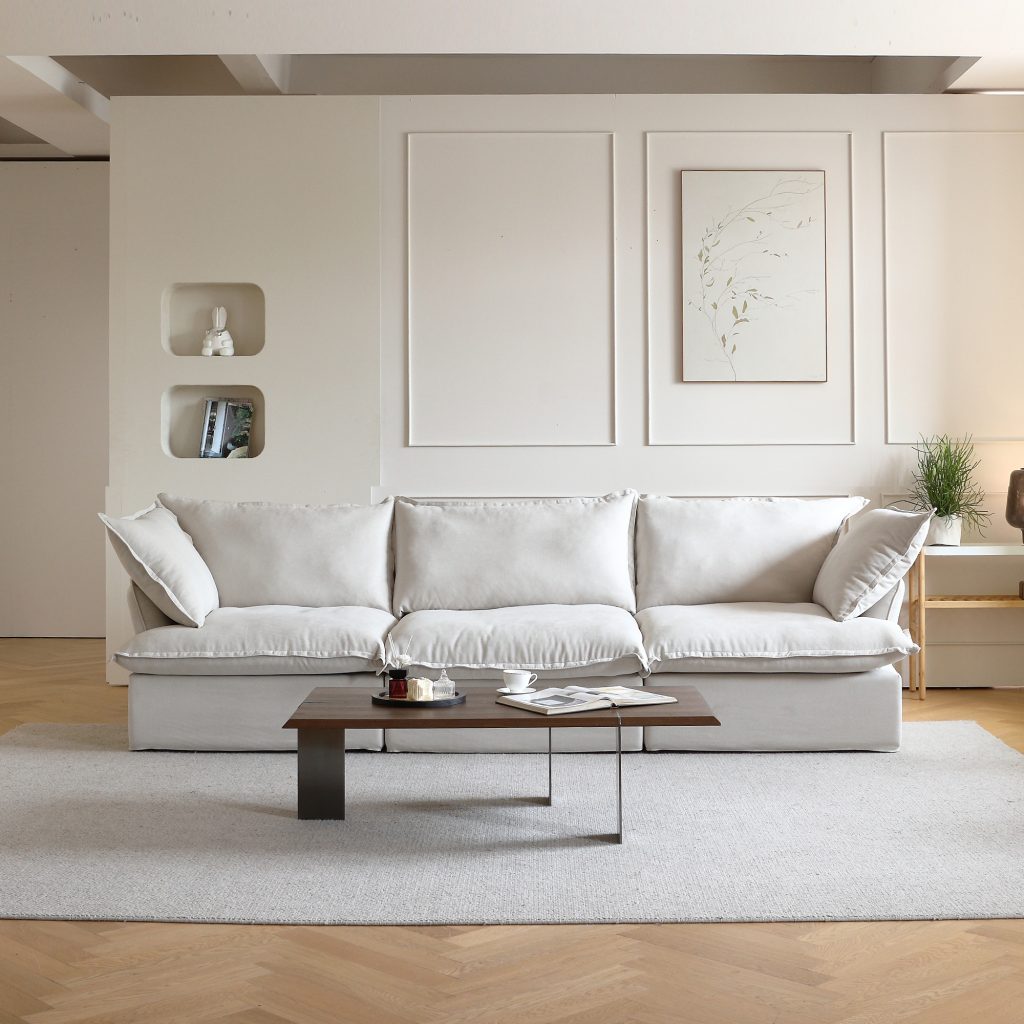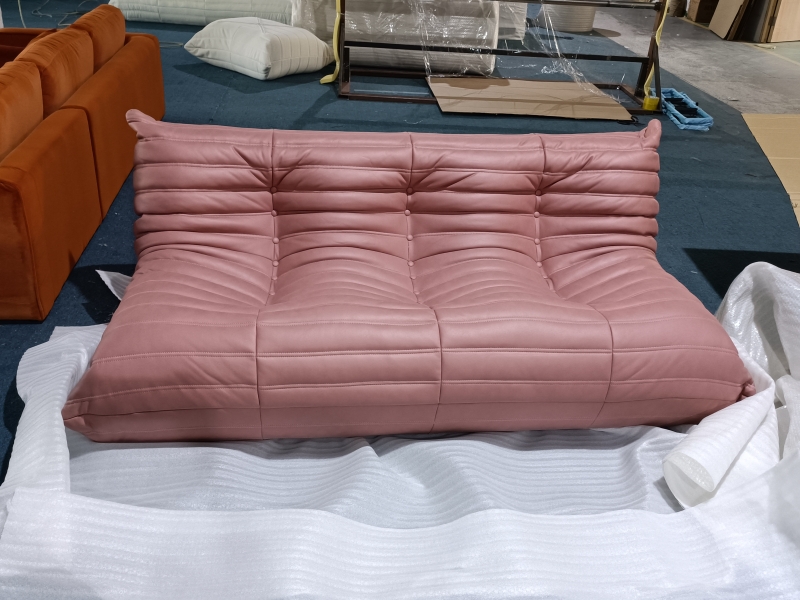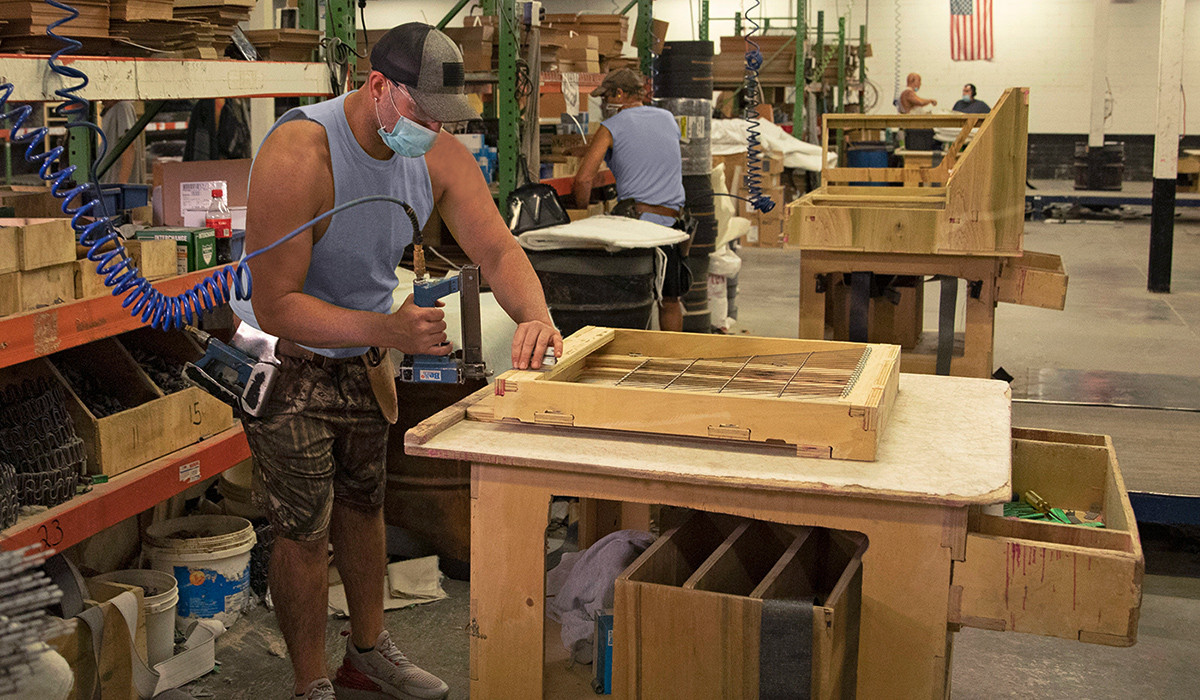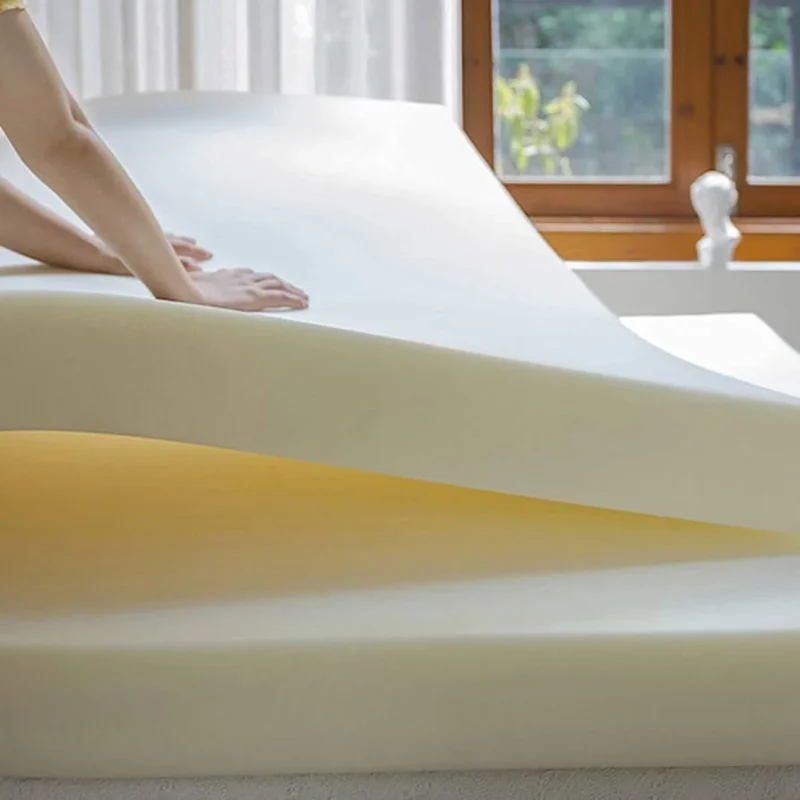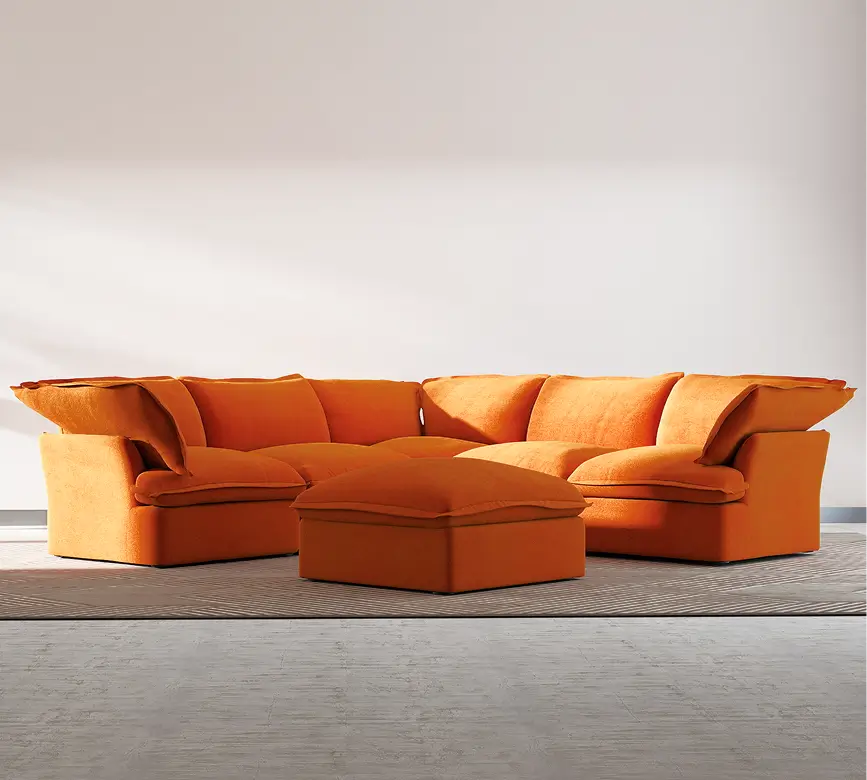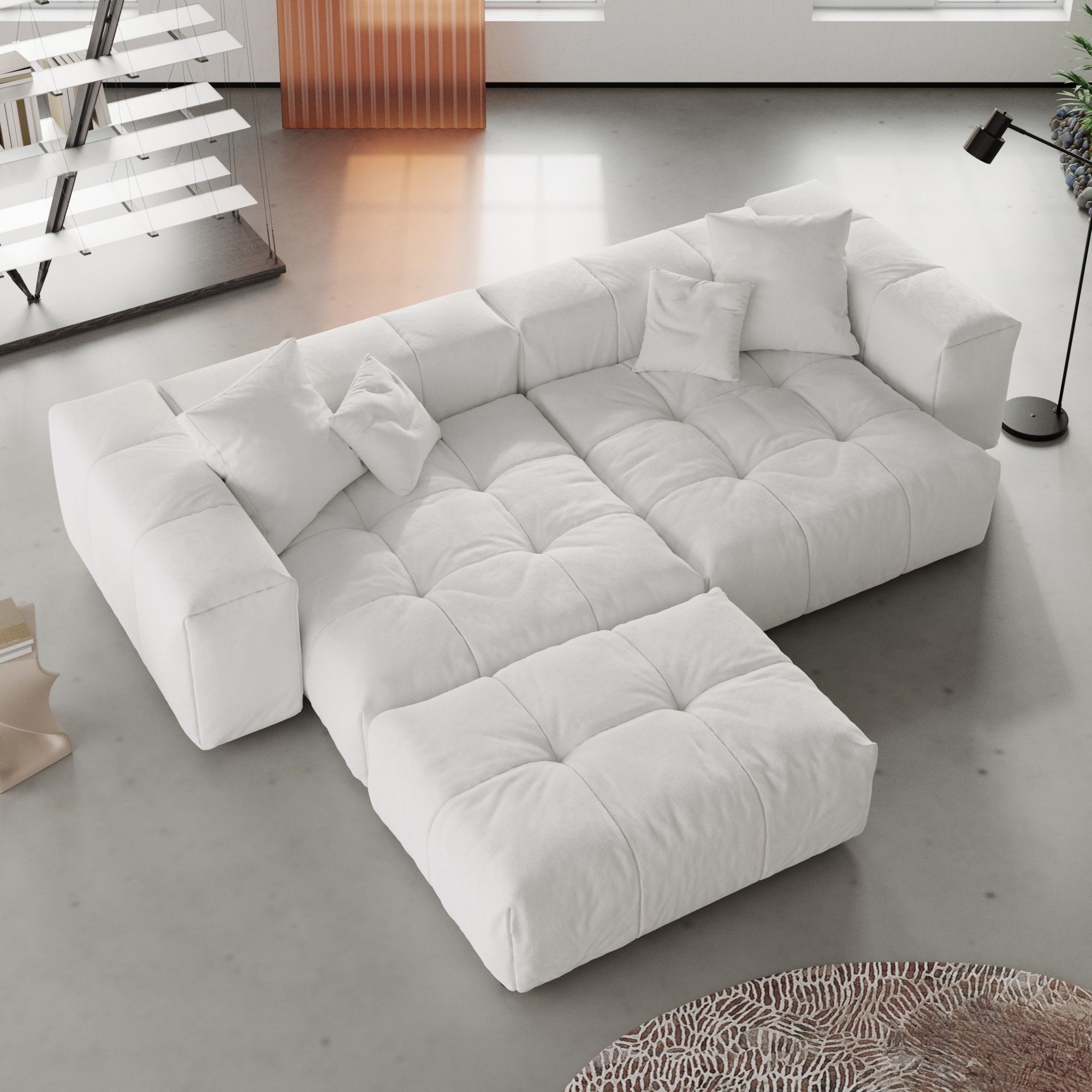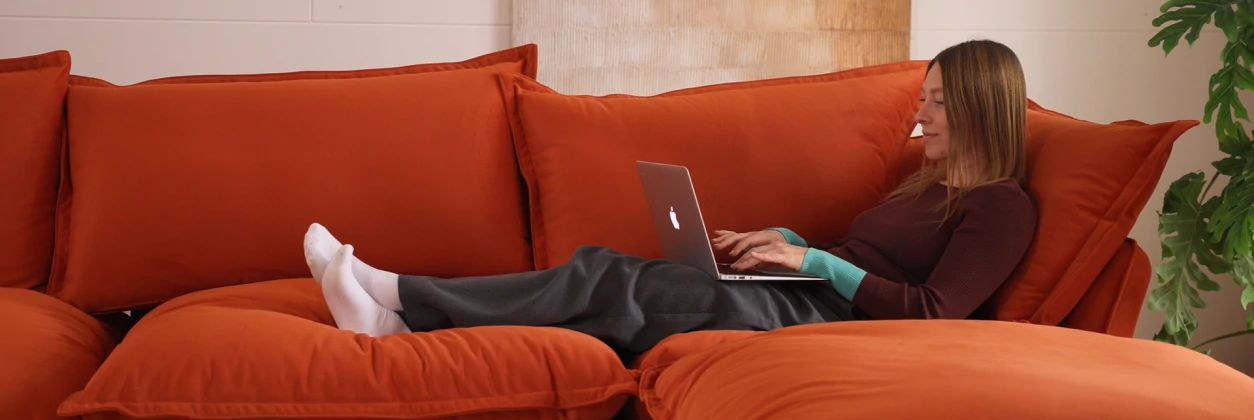Cushion and Upholstery Process
Foam Cutting and Shaping
The process begins with cutting the foam for the cushions. Factories use precise tools to make sure each piece fits the sofa frame perfectly. Some sofas use layered foam, which gives soft comfort on top and firm support below. This combination makes sitting or lounging feel just right.
Sewing and Preparing Fabric Covers
Next, the fabric covers are sewn. Skilled workers use sewing machines to make neat and strong seams. Each cover is carefully shaped to wrap snugly around the cushions. This ensures the sofa looks tidy and stylish.
Upholstering the Chaise Section and Sofa Seats
With the foam and fabric prepared, the next step involves attaching these layers to the frame for both the chaise and sofa seat sections.
Balancing and Padding the Frame
If the frame rail is thinner than planned, a strip of sturdy material—like cardboard—is fastened to the edge of the rail. This evens out the thickness and provides a smooth base for the upholstery layers.
Applying Foam for Comfort
To give the seat its plush feel, a strip of foam rubber is fixed along the front edge of the seat. For the chaise section, a wider foam strip—usually around 20mm thick and cut to fit the upper border—is placed along the top edge. This extra padding supports key areas and helps create a soft, even surface.
Attaching Fabric Covers
Once the foam is set, the fabric cover is stretched smoothly over the foam and secured tightly to the front of the seat. Workers carefully staple or tack the fabric underneath and along the frame for a tidy finish, ensuring there are no wrinkles or loose edges.
Final Assembly Touches
After the fabric is in place, any remaining components—such as cushion pieces or the sofa legs—are attached. This step gives stability and final shape, making the sectional ready for use and matching the living room’s style.
Attaching Upholstery to Frames
Once the cushions are ready, they are attached to the sofa frame. Staple guns, adhesives, or other fasteners hold everything securely. This keeps the cushions in place and prevents slipping. It also gives the sofa a clean, finished look.
Upholstering the Storage Chaise Section
For the storage chaise part of a sectional sofa, the process involves several key steps to ensure both durability and a clean finish.
First, a strip of foam—usually about 20mm thick and 50mm wide—is added along the top edge of the seat. This extra layer gives the upper border comfortable cushioning and added support where you’ll sit most often. Next, structural elements such as a strip of sturdy cardboard are used beneath the fabric to reinforce the seat’s front and maintain its shape.
With padding and support in place, the upholstery fabric is wrapped smoothly over the seat and carefully stapled or secured underneath, creating a neat, tailored look. The legs are then attached, finishing off the piece and ensuring stability.
Each step, from foam padding to the final fabric stretch, helps create a storage chaise that’s both comfortable and long-lasting.
Quality Control on Comfort and Finish
Before a sofa leaves the factory, it goes through careful quality checks. Workers test how it feels when you sit or lean on it. They check the stitching, fabric, and overall finish. Only sofas that pass these checks are sent out, ensuring you get a product that is both comfortable and beautiful.

